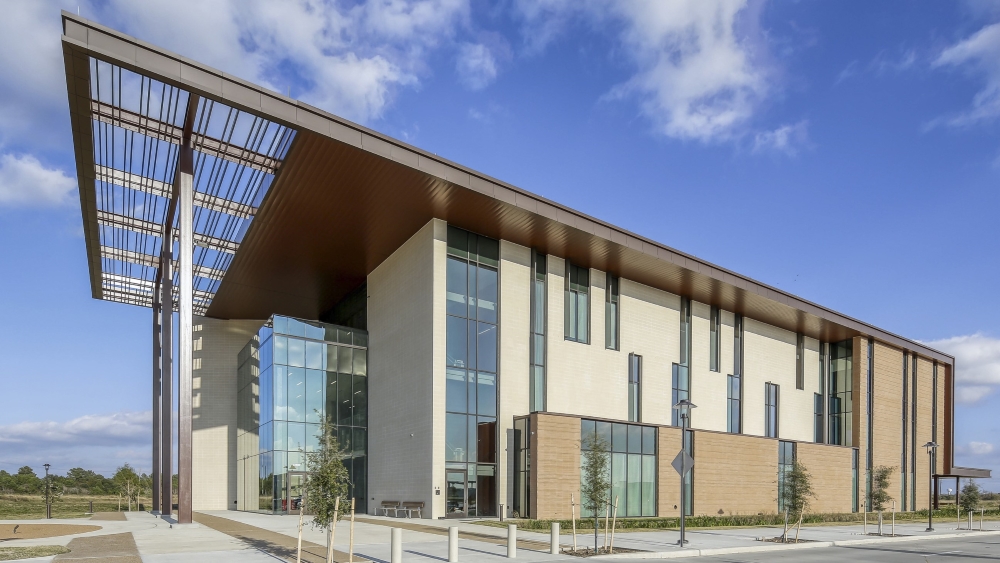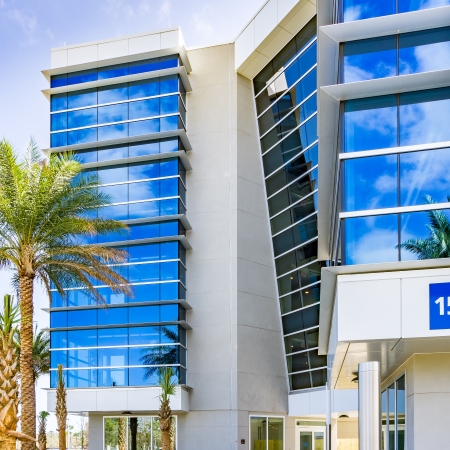Top of the Class: High-performance fenestration adds value to higher education
High-performance fenestration systems are proven to add value beyond the bottom-line

With more than 20 million people enrolled in 11,800+ post-secondary educational institutions in the U.S., students have more options than ever to pursue their learning goals. While online education offers a convenient opportunity, many students learn better with in-person instruction and live discussion.
In our learning facilities, high-performance fenestration systems are proven to add value beyond the bottom-line.

Best Face Forward: Well-maintained facilities offer competitive advantage
The largest higher ed organizations are campuses with hundreds of individual structures that compose entire towns. Others are small, specialized programs contained within single buildings. There are an estimated 240,000 buildings at 4,300 advanced learning institutions in the U.S. In total, our nation dedicates about 5 billion square feet of floorspace to colleges, universities and other facilities.
Along with providing a place to gain knowledge and exchange ideas, post-secondary institutions seek to instill a sense of credibility and permanence through their facilities. To see an aging structure in disrepair subconsciously can erode our trust in the value of the education available within its walls. An educational institution’s beautiful, well-maintained facilities can offer a competitive advantage when recruiting and retaining both students and faculty.
Student Voices Influence Building Choices
Energy-efficient, green campuses also are an attractive asset to today’s environmentally conscious students. According to the U.S. Department of Energy (DOE), post-secondary institutions are spending more than $6 billion on energy costs each year.
In a recent survey, 45% of 2,164 college students considered environmental sustainability in their college enrollment decision. Energy use and sources are the highest-ranked, single most important area these students said their institution must focus on making more sustainable.
Fenestration systems provide practical solutions
Facility managers tend to focus first on lighting and HVAC upgrades to incrementally increase energy savings. We in the glazing industry also know that significant savings can be gained by improving building envelope thermal performance with high-performance curtain wall, storefront, entrance, window and other fenestration systems.
Pairing thermally broken aluminum framing with appropriate glazing effectively manages heat transfer and solar heat gain while maintaining interior comfort and daylighting. Exterior sun shades further reduce heat gain and minimize glare on screens and monitors, which alleviates eye strain, stress and associated health issues. Interior framing systems allow daylight to travel more deeply inside the building’s core.
Building Value: Better fenestration means better academic outcomes
More than 9,200 higher education projects representing approximately 1.09 billion square feet of space, have been LEED‐certified and -registered with the U.S. Green Building Council, recognizing and rewarding energy-efficient, environmentally responsible design and construction.
When students have access to natural light and outside views, and a perceived comfortable interior temperature, research shows they do better academically. Educational facilities that prioritize these sustainable design attributes also are associated with lower absenteeism and higher morale from students, instructors and staff.
These benefits mean that students are getting more from their education. It also means that there is a cost-savings in terms of health care, substitute teachers and employee retention. Beyond the facility itself, this creates greater value for the higher education institution, their investors, taxpayers and many others beyond the campus boundaries.


